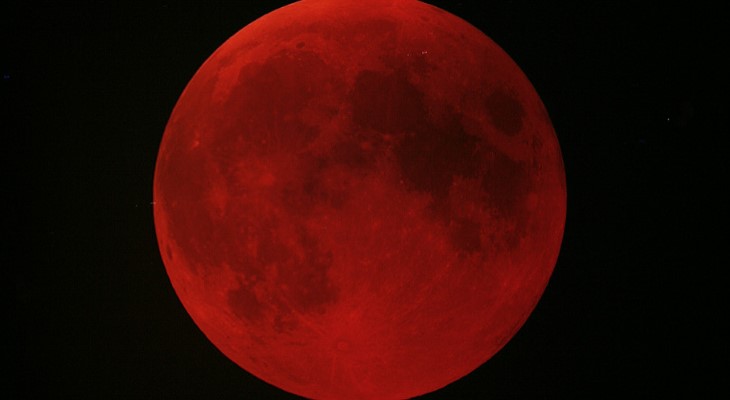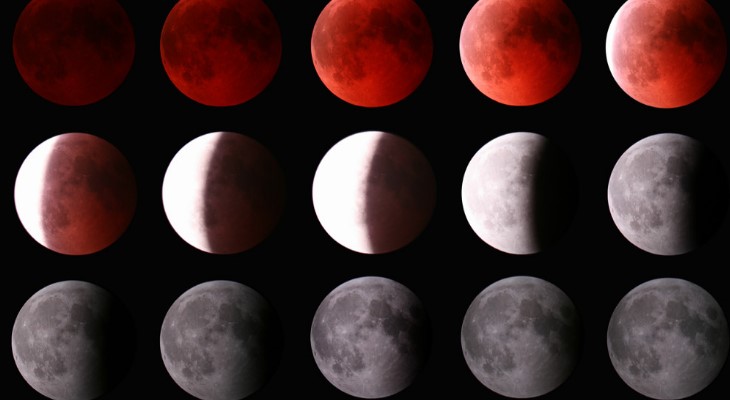Watch the moon turn blood red from St Elmo in the longest lunar eclipse of the century

Leonard Ellul Mercer
Fort St Elmo is no stranger to bloody scenes, but this Friday’s may prove to be a little different! Astronomers and enthusiasts will be able to experience the longest lunar eclipse of the 21st century – a staggering one hour and 43 minutes - from the ancient battlements, as the moon passes though the centre of the Earth’s shadow, turning blood red.
This is thanks to a collaboration between the Institute for Space Science & Astronomy (ISSA), the Astronomical Society of Malta, the Department of Physics, Esplora Interactive Science Centre and Heritage Malta, who are organising a special free event, giving people the opportunity to witness the spectacle without distractions, through professional telescopes, with experts on hand to explain what is happening.
But lunar eclipses happen all the time. What’s the big deal?

Leonard Ellul Mercer
Even though we’re only 18 years into the 21st century and may experience more lunar eclipses as the years go by, this is a rare event because it will last so long. A 'blood moon' appears when the Earth passes between the sun and the moon, blocking the light from the sun and turning the Earth’s satellite a deep red. Frequently, a partial eclipse can be witnessed, but lunar eclipses are still less common than solar eclipses.
“This total lunar eclipse promises to transform Friday evening. And, contrary to solar eclipses, this phenomenon is completely safe to see through the naked eye… plus you have plenty of time to savour the majestic dance of heavenly bodies since it will last one hour and 43 minutes,” ISSA founder and astrophysicist, Prof. Kristian Zarb Adami said.
So what can I expect on Friday?
The partial phase of the eclipse will start at 8:24pm, with its totality — when the moon is fully covered by the innermost and darkest part of the Earth’s shadow — being reached at 9:30pm, according to Astronomical Society president Josef Borg.
“Since the moon will be rising as it goes through its partial phase and approaches totality, it is best to view the eclipse facing east. However, the total phase itself will be visible from practically anywhere, as the moon will be high enough to be seen from most locations with unobstructed views towards the southeast,” Dr Borg explained.
Stargazers at Fort St Elmo on Friday will be able to experience this through telescopes, as well as spot other planets, such as Mars, Jupiter and Saturn. There will also be other talks related to the safeguarding of our planet. “Our talks this year put a heavy accent on our environment to help make people aware that while looking up at the heavens it is still vital to ensure we preserve our planet,” Prof. Zarb Adami said.
What if I can’t head down to St Elmo?
The organisers have thought of that as well! The event will be transmitted to local and foreign news outlets via a YouTube live feed of the eclipse through a telescope.
Friday’s event starts at 8pm and runs until 12:30am.